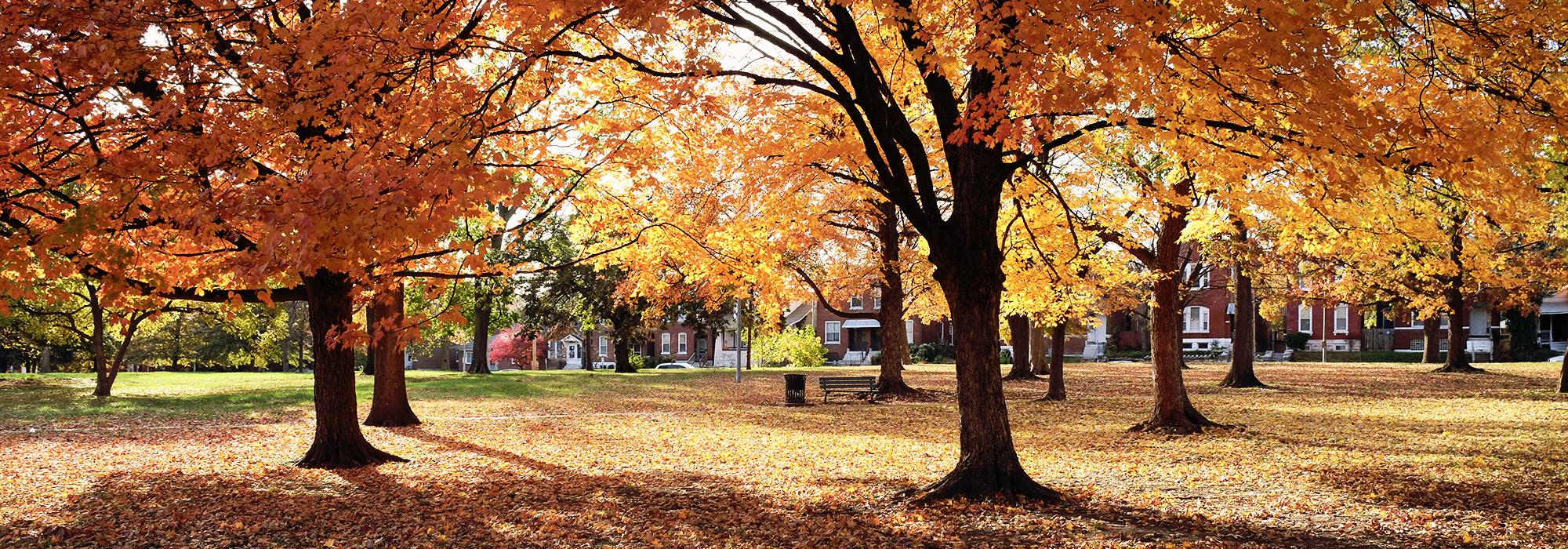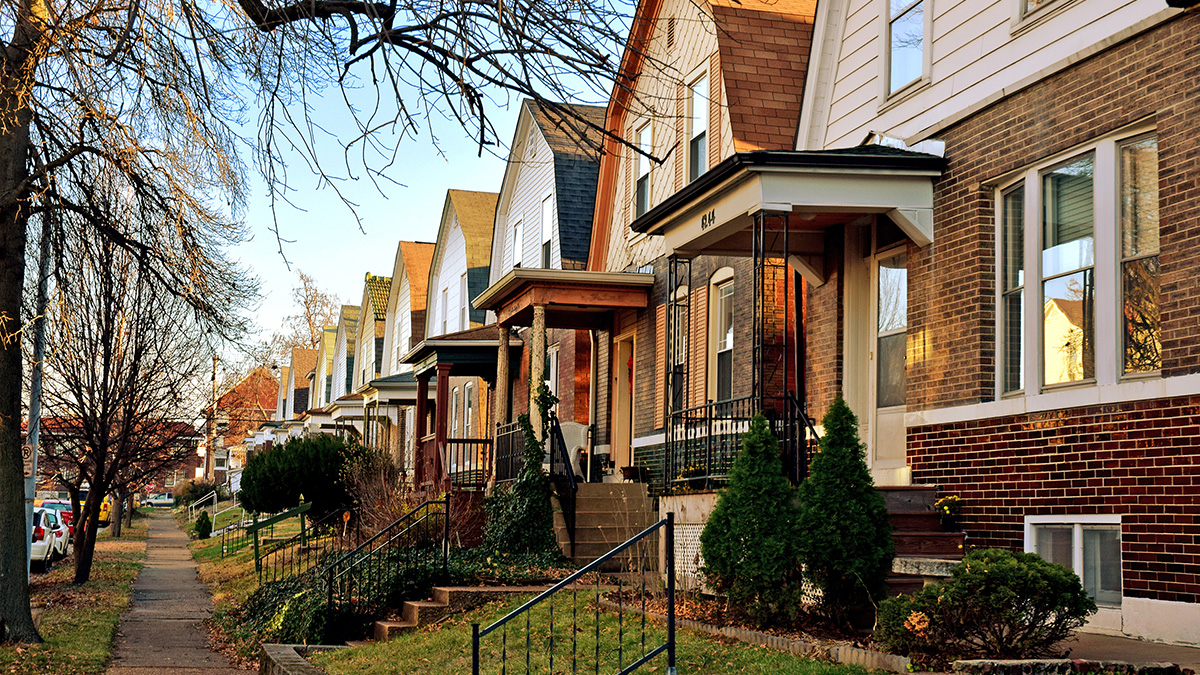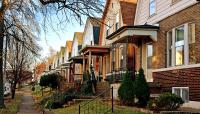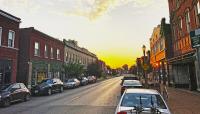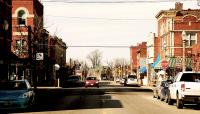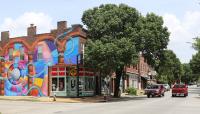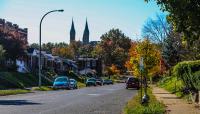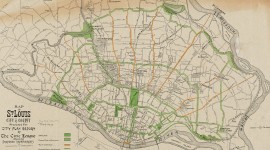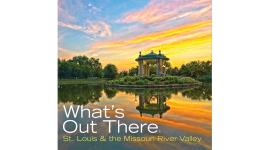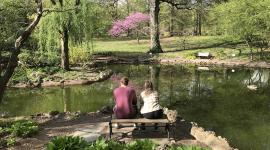Landscape Information
Century-old brick bungalows, townhouses, and flats line the streets of this neighborhood approximately four miles south of downtown St. Louis, along the Mississippi River. The area of Dutchtown was originally part of the St. Louis Commons and the common fields of a once-independent town of Carondelet, annexed by St. Louis in 1870. Victorian-era storefronts sit at the corners of the grid of residential blocks and edge the commercial streets. The focal point of the neighborhood centers on the intersection of Meramec Street and Virginia Avenue, a topographical highpoint. One of the city’s most densely populated neighborhoods, Dutchtown’s porous border is defined differently by the city and local residents. Officially, Chippewa and Walsh Streets form the north and south borders, with irregular borders to the east and west shaped by Jefferson Avenue and South Broadway and the Missouri and Pacific Railroad tracks. Community members consider Dutchtown to encompass the adjacent neighborhoods of Gravois Park, Marine Villa, and Mount Pleasant. The streets follow a gentle slope from north to south and are nearly all paved with asphalt, the exception being an alley on Delor Street with brick pavers. Road verges line most of the streets, with canopy and understory trees for shade. Dutchtown features several formal green spaces, including Laclede, Marquette and Amberg Parks. Laclede Park was established in 1854 and exists today as an uninterrupted expanse of lawn with stone steps accounting for minimal elevation change. Sixteen-acre Marquette Park is the most sizable park, featuring rolling hills dotted with shade trees and understory plantings as well as active and passive recreation amenities. The two-acre Amberg Park, designed by landscape architect Robert Goetz in 1966, features a gazebo and baseball field. Residences throughout the neighborhood represent typical styles of the early twentieth century including Craftsman, Spanish, Classical Revival, and Italianate. Fine masonry craftsmanship is evident throughout the neighborhood, along with ornate roof details and open porches which blur the line between private life and street life.



